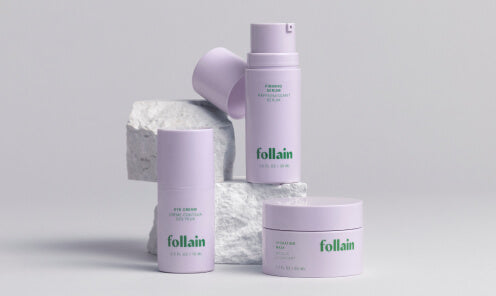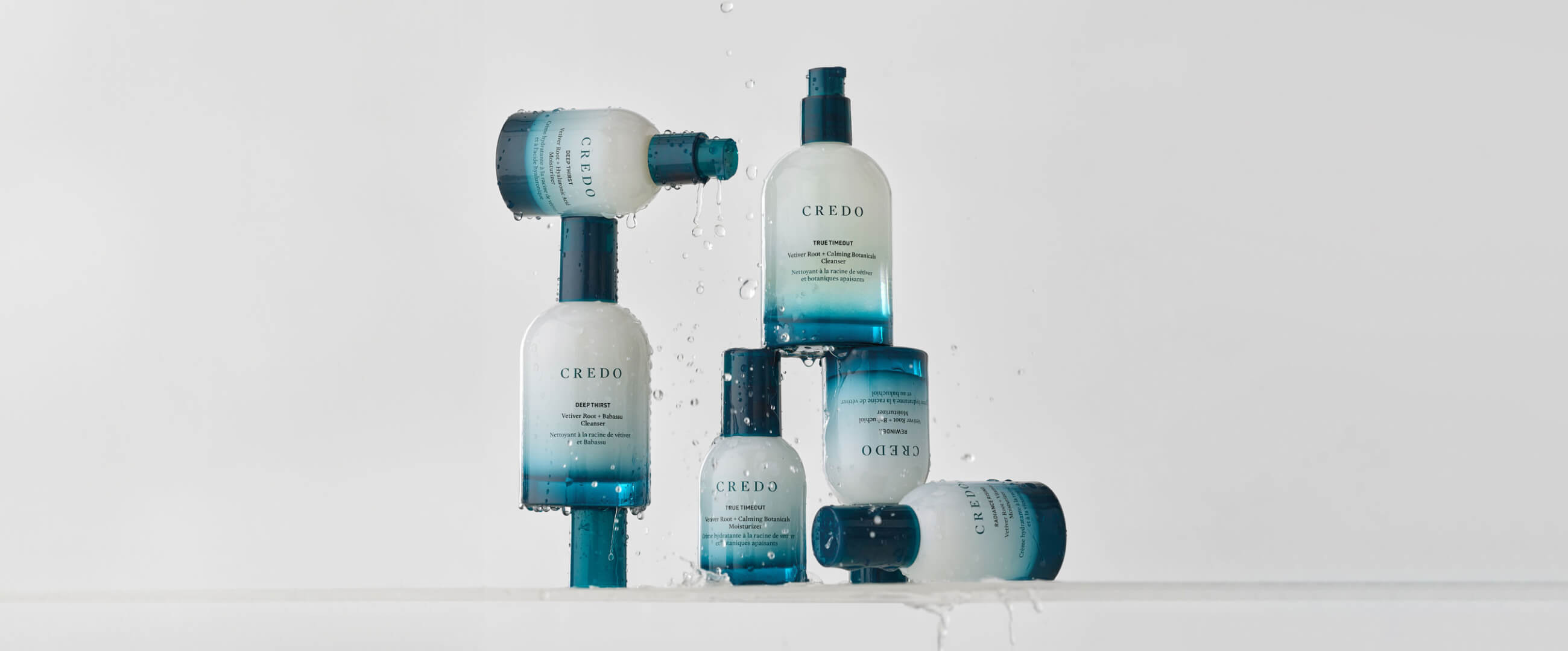Frequently Asked Questions
-
What Niacinamide does for the skin?
Niacinamide is a superstar ingredient that boasts a range of benefits for your skin, especially if you have sensitive skin. It has anti-inflammatory properties, calming redness and irritation, as well as helping brighten your complexion by reducing hyperpigmentation and promoting even skin tone. However, its true strength lies in its ability to repair and strengthen the skin barrier, the outer layer that shields you from environmental damage. Skin care products with niacinamide help retain moisture and keep skin supple, helping to minimize the appearance of wrinkles and fine lines, keeping your skin looking youthful. -
Is Niacinamide good for acne?
Niacinamide can be a powerful ally in the fight against acne, as it helps regulate sebum production, the oil secreted by your pores, which can clog pores and create an environment for acne bacteria to thrive. Studies show niacinamide skin care can reduce inflammation, a key contributor to acne redness and swelling. This makes it suitable not only for those prone to acne and breakouts, but also for any skin type. While some studies on oral supplementation yielded positive results, using niacinamide skin care products seems to be the most common approach. -
Is Niacinamide skin care safe for sensitive skin?
Niacinamide is generally well-tolerated, as its anti-inflammatory properties can calm redness and irritation, making it a good option for sensitive skin. However, even gentle ingredients in your skin care routine can cause skin reactions. To be cautious, a patch test is recommended. Apply a small amount of the product to your inner forearm and wait 24 hours. If no irritation occurs, it's likely safe for your face. Start with a low concentration (around 5%) and gradually increase if tolerated. -
Can Niacinamide help with wrinkles?
Studies suggest that Niacinamide can help boost collagen production, the protein that gives skin its youthful plumpness, helping reduce the appearance of fine lines and wrinkles. Beyond studies, many users report a noticeable improvement in skin texture and elasticity with consistent use. So, for a smoother, younger-looking complexion, niacinamide might be your secret weapon. -
Can I mix Niacinamide with retinol skin care?
With the right approach, this combo can be a game-changer for your complexion. Niacinamide's soothing nature can lessen the potential irritation caused by retinol, a powerhouse for reducing wrinkles. Niacinamide helps repair the skin barrier while retinol does its anti-aging magic. However, caution is key. Start slow, introducing one product at a time and monitoring your skin. Apply niacinamide first, as it can buffer the retinol's intensity. Listen to your skin – if irritation occurs, space out applications or use them on alternate nights.
- Choosing a selection results in a full page refresh.
- Opens in a new window.




















